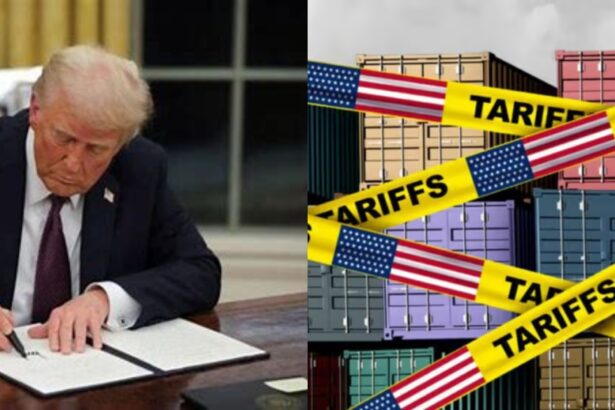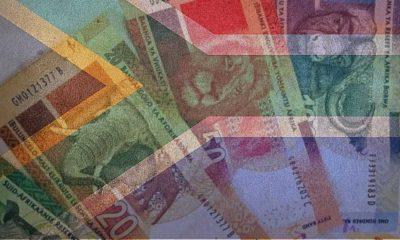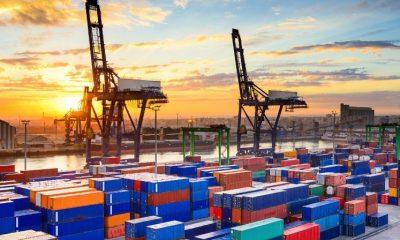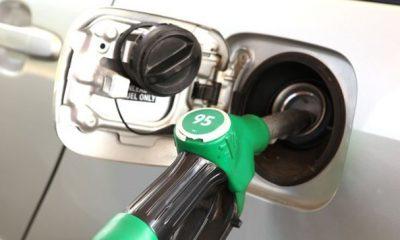Business
Trump’s 30% Tariff on South Africa Based on Flawed Trade Math, Say Experts

The Trump administration’s decision to slap a 30% tariff on South African goods has been met with raised eyebrows—especially by trade experts who say the reasoning behind the move is based on a gross misunderstanding of South Africa’s actual tariffs.
US President Donald Trump claimed the 30% rate is in response to South Africa imposing a supposed 60% tariff on American imports. “That math simply doesn’t add up,” says Donald MacKay, CEO of XA Global Trade Advisors.
“On average, South Africa imposes a tariff of about 7.5% on US goods—not 60%. The new tariffs are based on flawed calculations,” MacKay explains.
The White House’s Trade Math Problem
So where did Trump’s 60% figure come from?
According to reporting by the Financial Times, the White House appears to have estimated tariffs by dividing the US goods trade deficit with a country by the total value of imports from that country—and then halving that number to arrive at a so-called “reciprocal” tariff rate.
This unorthodox calculation has left many countries scratching their heads, including South Africa.
What South Africa Really Charges
Here’s a quick snapshot of average SA tariffs on US goods:
| Poultry | 37-62% (based on a 2023 anti-dumping duty increase, with some duty-free exemptions for US chickens) |
| Fresh fruits | 0-10% (average 4-5%) |
| Wheat | 0% (subject to adjustments based on domestic shortages) |
| Corn | 0-5% |
| Sugar | 0-20% (higher duties on refined sugar to protect local producers) |
| Wine and spirits | 25-100% (higher duties for distilled spirits) |
| Manufactured goods | |
| Machinery | 0-10% |
| Light vehicles | 25% |
| Auto parts | 20% |
| Apparel | 45% (one of the highest tariff rates for manufactured goods) |
| Textile yarns | 15% |
| Electronics | 0% (for many IT products to encourage local tech adoption) |
| Chemicals | 0-10% (the lower tariffs are to support agriculture) |
While a few items like poultry and distilled spirits do carry higher duties, the vast majority of US exports to SA face tariffs far lower than 60%.
“The average is closer to 7.5%,” MacKay reiterates. “If you followed the logic of reciprocal tariffs, South Africa should be facing a tariff of 3.75%, not 30%.”
What This Means for South Africa
The 30% tariff effectively signals the end of the African Growth and Opportunity Act (Agoa) for South Africa. Agoa gave duty-free access to the US market for over 1,800 South African products, including citrus, wine, and automotive exports.
Now, many of these products face steep new duties. Car manufacturers like BMW and Mercedes-Benz operating out of the Eastern Cape may be hit hard. Platinum, one of SA’s biggest exports to the US, is also at risk, although it may fall under a category of exemptions.
Who’s Exempted?
The US says some items won’t be affected, including:
-
Steel and aluminium already subject to existing tariffs
-
Energy and minerals not produced in the US
-
Pharmaceutical and medical goods
-
Automobiles and parts already tariffed under other programs
Still, the impact on trade could be significant, especially for seasonal exports like citrus, which will now become more expensive for US consumers.
Global Ripple Effects
MacKay predicts the new tariffs will likely lead to a glut of goods globally, as exporters search for new markets. This could result in:
-
Dumping of excess goods in lower-tariff countries
-
A spike in applications for anti-dumping duties globally
-
Rising trade tensions in Europe, Asia, and Africa
The Budget Lab at Yale University reports that these new tariffs push the effective US import tax rate up to 22.5%—the highest since 1909.
“This isn’t just about South Africa,” MacKay warns. “This is a major escalation in Trump’s ongoing tariff war, and the rest of the world is going to feel the consequences.”
{Source MoneyWeb}
Follow Joburg ETC on Facebook, Twitter , TikTok and Instagram
For more News in Johannesburg, visit joburgetc.com



























